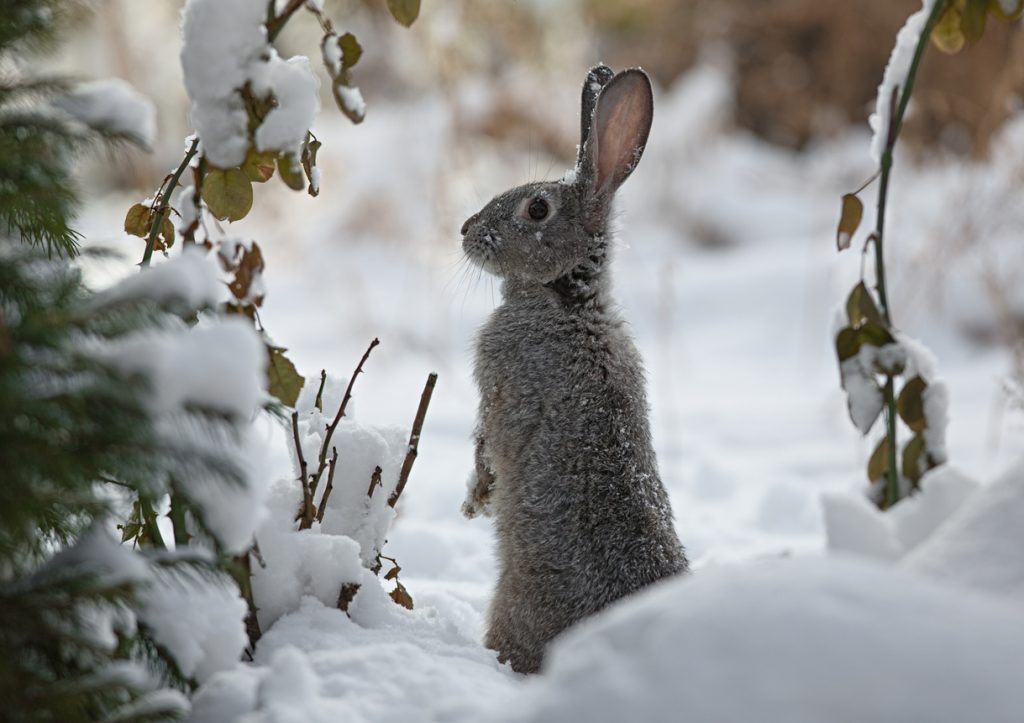Winter months mean cold weather and fewer hours of daylight. There is also a significant decrease in activity among wildlife populations. But native plants continue working!With their unique adaptations developed over thousands of years, natives are available to continue providing benefits to several species throughout the year.
Without access to landscapes that have native plant coverage, animals may lack the bare necessities to survive. This article explores the many ways native plants support wildlife during winter months and reveals why their presence is so important to maintaining healthy populations.
Natives are a Valuable Food Source
When temperatures drop, finding sustenance becomes a difficult task for most animal species. Native plants play a vital role as a valuable food source for wildlife during colder months. This is vital when other food sources are no longer available.
Native plants produce nutritious fruits and seeds.Through the seasons, their food caters to the needs of regional wildlife with whom they have evolved over millennia. These symbiotic relationships are essential to the survival of both native plants and animals. Birdslike songbirds, quail and turkeyrely on the fat source of perennial seeds to give them enough energy to carry out necessary functions. Deer and squirrelsconsume native acorns and nuts rich in both protein and fats.
Shelter from Bad Weather
With frigid temperatures, high winds, ice, and snow, winter weather can be life-threatening for animals who need protection to survive. Native plants offer natural shelter whereas non-natives cannot.This allowswildlife to seek refuge from the elements at a time when conditions could be lethal for vulnerable species.
Dense thickets and stands of native shrubs and trees create cozy nooks and crannies. Additionally, the plants’ complex architecture helps wildlife conserve energy and stay warm which is especially crucial for young animals who can easily succumb to frigid weather and high winds. Birds, in particular, enjoy these shelters. They can roost in the dense foliage, huddling together for warmth until warmer weather arrives.
Protection from Predators

Native plants also play a role in protecting some wildlife species from predators who are also desperate for food during winter. Durable branching, persistent foliage and thorns offer a protective haven. This contributes to the survival of many animals and their offspring, allowing them to reproduce once again the following spring.
The Importance of Native Plant Restoration
Habitat loss and climate change make natural community restoration and preservation a priority. Native plants, wildlife and site remediation go hand-in-hand. Their intricate connections help create sustainable, working lands throughout the seasons.
In order to protect our environment and ecological communities in the future, it’s important to consider how native plants lay the foundation of sustainability. When these species thrive, there is an exponentially positive impact on the health of natural systems.
Start Your Conservation Project at Forrest Keeling
Forrest Keeling is more than a nursery. We know restoring the earth’s ecological balance begins with healthy native plants. and vibrant soil. When the building blocks of sustainability are in place, we give nature a chance to thrive.
No matter the size or scope of your conservation or restoration project, we can help. Our team of experts can help you find the robust native plants that help you reach your project goals. Each year, we grow over 1.5 million native plants: seedlings, liners, and container stock. We specialize in RPM-produced native plants and offer 380 different native species.
Get in touch with a Forrest Keeling representative today. Learn more about our broad native plant selection and real-time inventory.
Forrest Keeling…it’s where the best trees begin!
